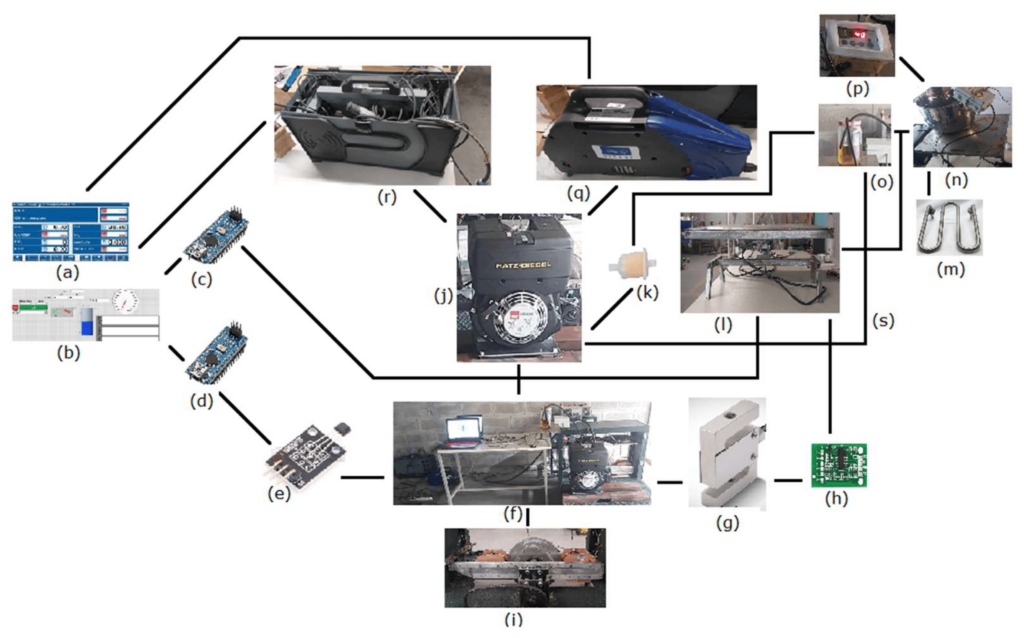ENERGIES 2024, 17(6), 1328
Pedro Oliveira, Francisco Brójo (doi.org/10.3390/en17061328)
Diesel engines are known for their excellent efficiency and are therefore used in a variety of applications. However, they are also one of the main sources of hazardous emissions such as nitrogen oxides (NOx) and smoke. Water-in-Diesel Emulsion (WiDE) is an alternative fuel that can possibly reduce some of the pollutant emissions without compromising engine performance. The surfactant formulation for WiDE usually follows the one used in water-in-oil (w/o) emulsions, where low hydrophilic–lipophilic balance (HLB) emulsifiers are preferred for better solubility in the diesel phase and stabilization at storage temperatures. However, by using a hydrophilic blend with a non-ionic surfactant, it is possible to develop an optimized formulation at higher fuel temperatures, which occur during an engine’s operating condition, achieving possibly higher benefits. Across the different speeds, the results for the emulsion show 7.57% mean improvement in specific fuel consumption (SFC), 19.14% mean improvement in thermal efficiency (TE), 5.54% mean reduction in carbon dioxide (CO2), 20.50% mean reduction in nitric oxide (NO) and 75.19% mean reduction in smoke levels. However, carbon monoxide (CO) and hydrocarbons (HC) emissions were higher, with a mean increase of 81.09% and 93.83%, respectively.

